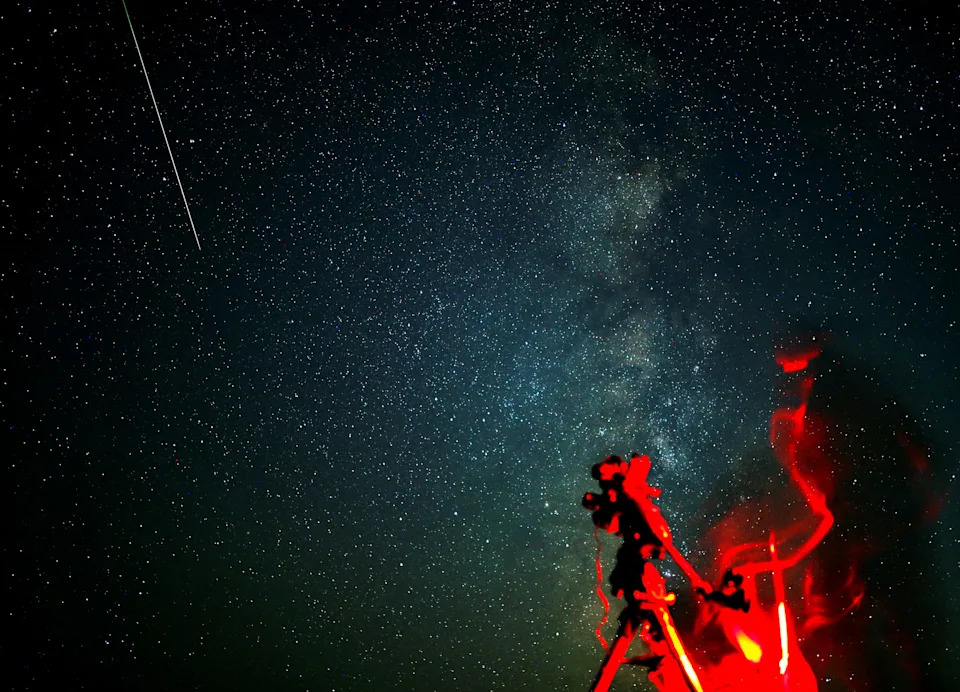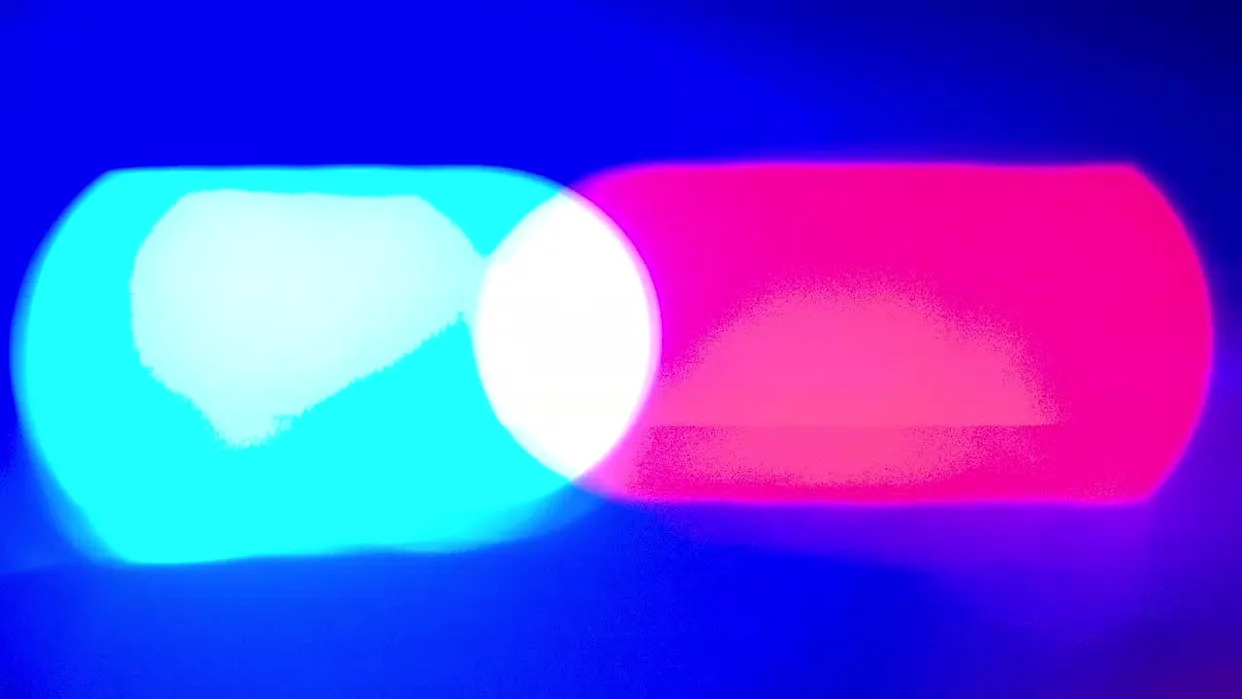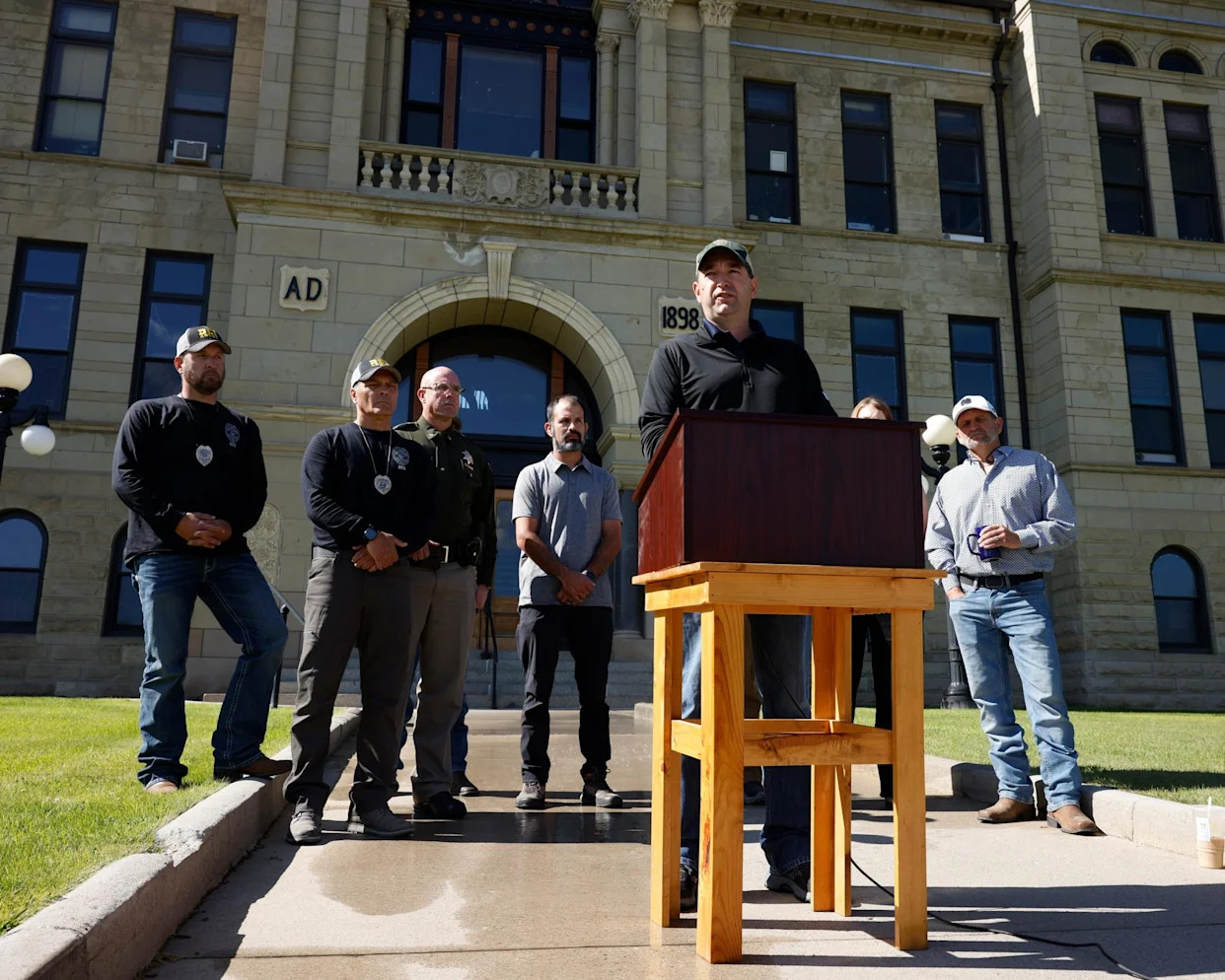Look to the skies, Hudson Valley, you may be able to spot a shooting star. Wednesday, July 30, marks the day when both the Delta Aquariid and Alpha Capricornid meteor showers could be at their peak, but you may get other chances to see those celestial shows, and others, this August.
Which meteor showers will be visible to New Yorkers?
According to the American Meteor Society, the Delta Aquariid showers started on July 18 and will last until Tuesday, August 12.
The meteor shower, which sends space rocks careening through the sky at nearly 25 miles per second, is best seen from the southern tropics. However, some northern states may get a glimpse of the show directly above the horizon in the early morning hours.
The Delta Aquariid peak started Tuesday, July 29, and will continue Wednesday, July 30, along with the Alpha Capricornid showers, which started on July 12 and will last until Tuesday, Aug. 12.
AMS says the meteors in the Delta Aquariid tend to be faint, "lacking persistent trains and fireballs." Depending on the peak of activity, spectators could see approximately 15 to 20 shooting stars an hour.
The Alpha Capricorniid showers also tend not to be very strong and only send about five meteors per hour, with speeds of 14 miles per second.
However, the Capricorniid showers, seen near the constellation of Capricorn, are more visible on either side of the equator and will be easily accessible for residents in the New York metro area.
AMS says the Capricorniid showers, while often dim, send out a few lucky bright fireballs every peak. Stargazers with telescopes will be able to view the phenomenon far better than those viewing with the naked eye.
Will the weather hold out to watch meteor showers?
Those looking to stargaze in the Hudson Valley may have a tough time viewing the Delta Aquariids and Alpha Capricornids on Wednesday, July 30, as there's a slight chance of thunderstorms, according to the National Weather Service.
The next few nights may also prove to have less-than-ideal conditions to view the celestial spectacles, as each night holds another chance of rain showers or thunderstorms through Saturday.
How to view the meteor shower in New York
Smithsonian Magazine says both meteor showers are best seen after midnight but before dawn, so between the hours of 1 a.m. and 3 a.m.
The Southern Delta Aquariids will be spotted near the southwestern part of the constellation Aquarius. With a stargazing app such as SkyView, Star Walk and the NASA app, finding the constellation will be fairly easy.
The Alpha Capricorniid showers will originate from — you guessed it, Capricorn. This shower is also best seen around 1 a.m. to 3 a.m., at the darkest point of night. AMS recommends making sure the moon has set before heading out to spot this shower.

If you missed these two meteor showers, August will bring even more celestial spectacle. The Perseid shower, the most popular among the North American stargazing community, is expected to peak between Tuesday, August 12 and Wednesday, August 13.
The Perseid showers are best seen from the Northern Hemisphere and average about 50 to 75 meteors per hour. The showers began on July 14 and will last until Monday, Sept. 1.
However, this meteor shower is expected to be compromised by the light of the moon, which will be 85% full at the time of its peak. Finding a place with the least amount of light pollution and a clear view of the horizon is recommended for watching all meteor showers.
This article originally appeared on Rockland/Westchester Journal News: Perseids will dazzle New Yorkers in August. See meteor shower dates






Comments